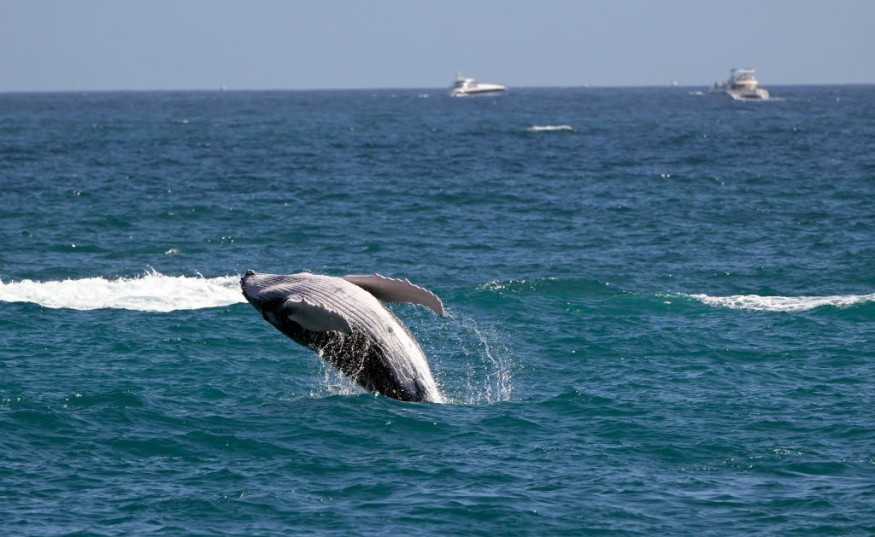A new analysis has indicated that the size of Pacific gray whales has decreased this century, with experts saying this could be attributed to the species' health decline.

Shorter Whales
According to a recent study conducted by researchers at Oregon State University, gray whales in this area have lost an average of 13% of their body length since 2000. The team used drone footage that was gathered between 2016 and 2022 off the coast of central Oregon. Researchers identified individual whales by comparing them with photos and, when feasible, utilizing prior studies to determine the whales' likely age and sex. In total, 827 pictures of 130 distinct gray whales were examined by the researchers.
The sciebtists integrated the data with environmental information regarding elements influencing the whales' feeding areas, such as the Pacific Decadal Oscillation, a variation in ocean temperatures that occurs roughly every 20 to 30 years in the Pacific. It is believed that nutrient-rich phytoplankton is forced into the whales' feeding grounds by upwelling caused by current and oscillation, a process that is likely to be impacted by climate change.
The study discovered that, despite the whales' differences in length, they all go through a period of rapid growth between the ages of 10 and 15, after which their growth slows. When they reach maturity, they usually get a length of 38 to 41 feet. However, the researchers discovered that whales born after 2000 were considerably shorter than those born during the 20th century. A whale born after 2000 is likely to achieve a maximum length of roughly 5 feet, 4 inches shorter than a whale born before 2000. The decrease in size has been more pronounced in girls, who are currently on par with males.
The study's co-author and assistant professor at OSU, KC Bierlich, speculated that this might be an early warning indication that the population's health is declining or that its abundance is beginning to fall.
"Whales are considered ecosystem sentinels, so if the whale population isn't doing well, that might say a lot about the environment itself,' she added.
The lack of hereditary disparities in length suggests an environmental origin, according to the researchers. It's unclear, though, exactly what mechanism is causing the shift.
Effect On The Whale
According to University of St Andrews researcher Enrico Pirotta, the study's lead author, animals' size generally matters.
"It affects their behavior, their physiology, and their life history, and it has cascading effects for the animals and for the community they're a part of," he added.
The researchers also mentioned that this might impact on the whales' capacity to adapt to environmental changes and their effectiveness in reproducing.
Changes influence the availability of prey for whales in oceanic upwelling and relaxation patterns, which were also studied in this study. According to the researchers, changes in these oceanographic cycles and the drop in whale size are thought to be related to the effects of climate change on wind and temperature in the Northeast Pacific.
The study proves that large marine predators are getting smaller over time. They also noted that future studies should examine the probable impacts of various climatic circumstances and consider diminishing average size as a potential red flag for other issues like population decreases and problems in the whales' food chain.
© 2025 NatureWorldNews.com All rights reserved. Do not reproduce without permission.





